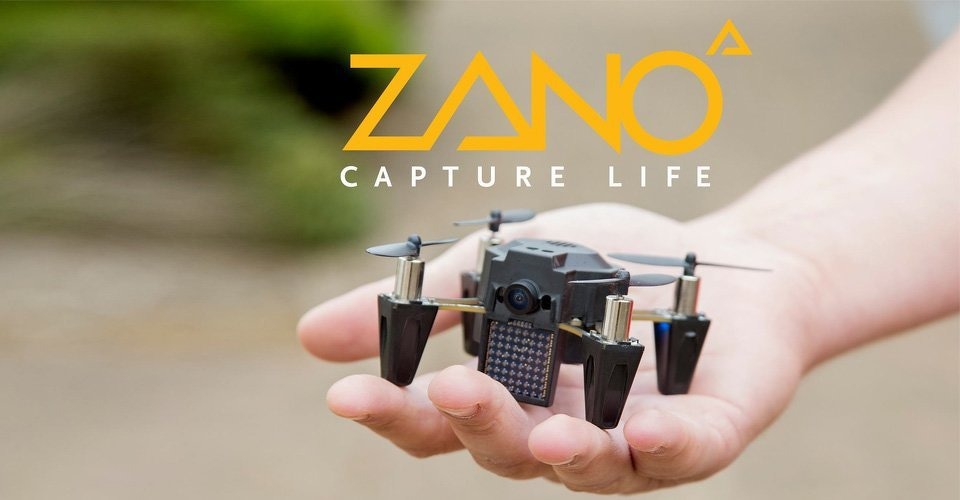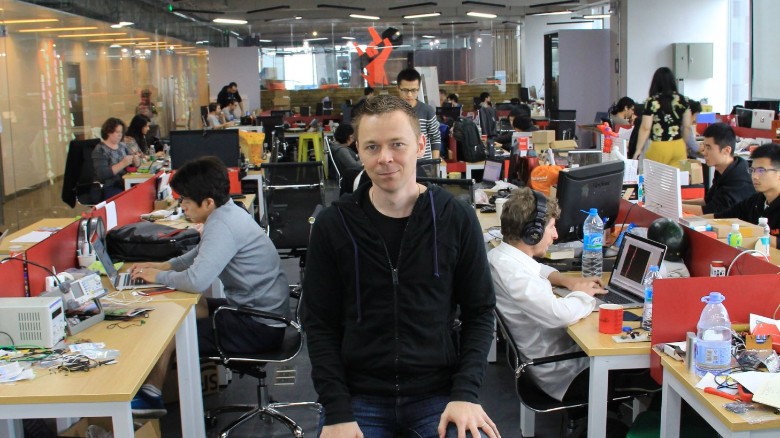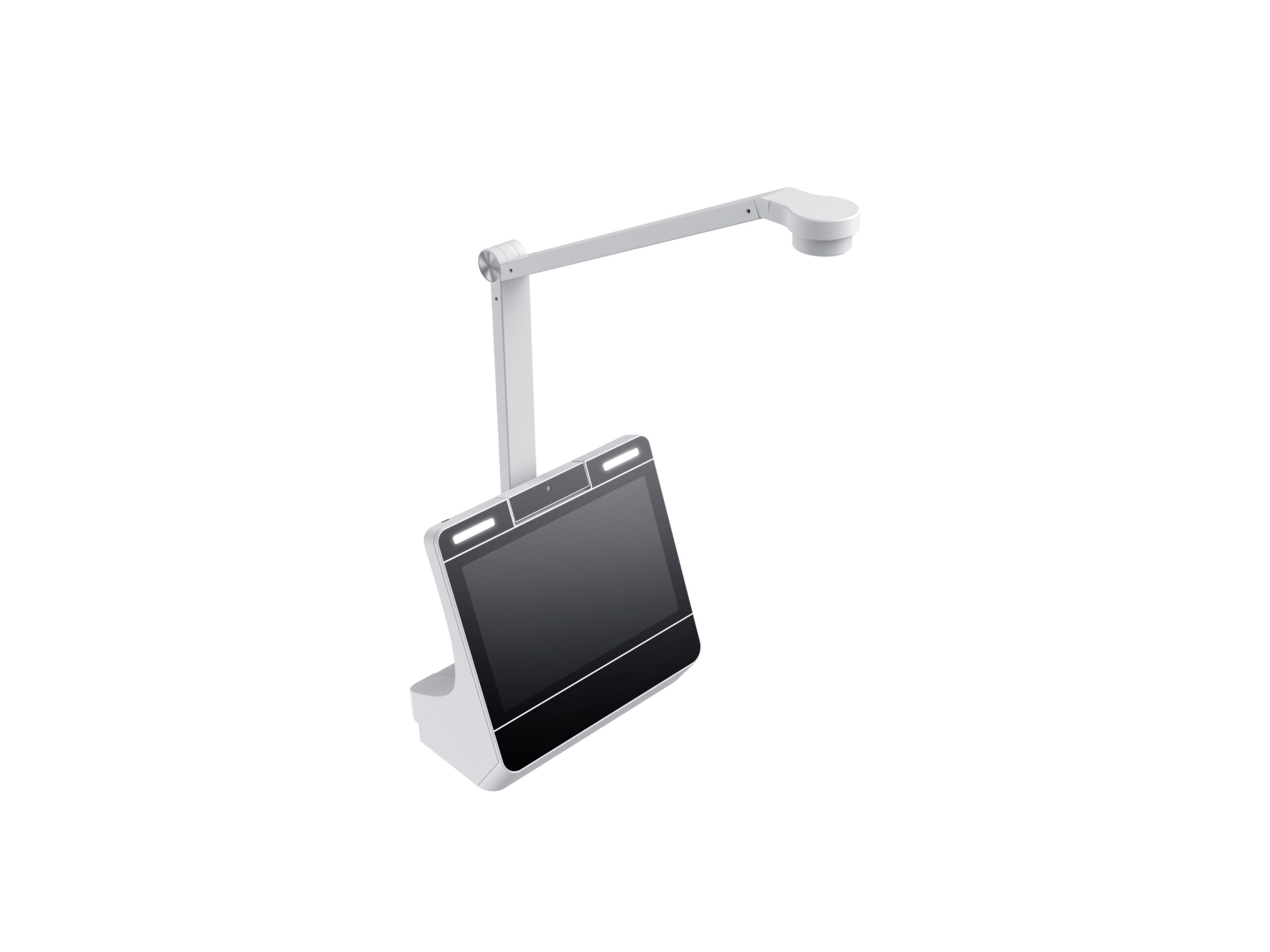Over the past few years, crowdfunding (“cf”) has become a legitimate and common means to launch tech products and companies – at least in theory, anyway.
With outsourced manufacturing, online sales and eager investors, getting a hardware product to market is now easier than ever before, as is going to the moon.
Thanks to cf websites like Kickstarter and Indiegogo, even startups have access to funds and market validation that was formerly reserved for tech goliaths.

But giving money to people with unproven inventions and no experience manufacturing could also be a recipe for disaster.
A litany of Kickstarter and Indiegogo campaigns have supplied startups with millions, only for the companies to fail to deliver or collapse..
EXAMPLES OF SUCCESSFUL FUNDRAISING CAMPAIGNS FAILING TO DELIVER
1. ZANO
The Zano, a palm-sized quadcopter developed by a British company, promised eye-in-the-sky video. Their Kickstarter promotional video featured an automated drone shooting a man climbing a cliff. About 12,000 people put forward more than 3 million dollars, making it Europe’s most successful cf campaign at the time it ended in January 2015.
Yet when a BBC reporter went to see the drone filming subpar video, the device crashed into a wall. Then the Zano was abandoned. Look at the comments on the following link to see the impact this campaign had on its backers:
ZANO – Autonomous. Intelligent. Swarming. Nano Drone.
2. THE COOLEST COOLER
The most funded Kickstarter campaign, “The Coolest Cooler,” a cooler with speakers and a blender, racked up pre-orders worth $13 million in 2014. Despite the pre-order success, Ryan Grepper is still looking for money to build and deliver what he had already promised.”They say hardware is called ‘hard’ ware for a reason,” Ryan Grepper
“They say hardware is called ‘hard’ ware for a reason,” Grepper recently told oregonlive.com, acknowledging a valuable—and expensive—lesson. Two years later thousands of backers still haven’t received their product, and while Ryan is attempting to correct the situation the voices of disgruntled backers can be heard (or read) here:
COOLEST COOLER: 21st Century Cooler that’s Actually Cooler
3. PEBBLE
And even some successes aren’t as rosy as they first appear. Pebble, a smart watch company, unveiled its second generation smartwatch and turned again to Kickstarter in 2015. Within 17 minutes, half a million dollars was raised. Pebble then announced last month that it is laying off a quarter of its workforce.
Hardware is indeed easier than it has ever been before. The money, logistics, and a host of accelerators and incubators are available to startups. So what is is going wrong?
THE HARD(WARE) WAY
Big eyed tech entrepreneurs with consumer product ideas are marketing products on cf sites without any liability risk or accountability. The entrepreneurs often fall into the trap of saying whatever they think will increasing funding, before verifying that the idea is actually practical from an engineering or price standpoint. Based on numerous examples of post-campaign failures, it seems like promises have been made with good intentions, and not by pure scam artists, but there’s a clear disconnect between building hardware in real life and imagining it on paper.
Incorrect cost calculations have led some campaigns, like the cooler project, to fail. Other problems are engineering or supply chain related. Regardless of the reason or extent of the failure, the ultimate victims are the individual campaign backers who put their money and trust on the line to help an idea become a reality, and therefore the entire cf platform which harms all future inventors and startups. Some supporters think that cf is a retail platform, evidenced in the comments they leave on pages of failed campaigns, after finding out that a campaign they backed is having problems delivering. Supporting a campaign with the mentality that cf is more a gamble than a guarantee would prevent misguided expectations.
CHANGES ARE NEEDED NOW
In order to build on the growing awareness of cf and not scare away new backers, these platforms must change how they operate.
ACCELERATOR
Hax, a Shenzhen-based hardware accelerator, brings 15 startups from around the globe to Shenzhen twice a year to develop their innovative tech hardware. Hax has seen many of the companies it’s incubated run a successful cf campaign after going through the 4 month Hax program.
Even after focusing on development for several months, the Hax companies often need 6-12 months, or more, to deliver products after the campaign ends. This shows how it is difficult to get a product made, but also that with the right support and preparation, tech hardware manufacturing is possible for startups.
QUALIFIED PARTNER
What we can learn from Hax companies is that startups working with a strong support partner are likely to succeed. Cf platforms should take note of this, identify qualified support resources and have startups get one of the approved resources (like an incubator, recognized manufacturing partner, engineering company, etc…) to agree to work with them. Then the cf can promote the fact that the support partner is taking responsibility for manufacturing the product, which puts their established reputation on the line together with the less-proven startup.
ESCROW
Another change to build confidence in backers is using escrow. Instead of giving the cf money all at once to the startups, the money can go into an escrow account. It would then gets released as milestones are reached. If milestones are missed, then all, or a portion, of the money goes back to the backers.
MILESTONES SHOULD BE A MUST
Another way for backers to gauge the risk of a startup is by having a clear list of milestones for development that’s the same for every company. Each campaign would need to show where they stand on this list. Clearly a project that’s completed more of the milestones on the development list means chances of making the product successfully are higher.
These changes will all help build credibility and sustainability for the cf platforms, accountability for the campaigners, and add transparency for the backers to get a better understanding of the chance of success. It’s time that the cf platforms evolve to start implementing more structure and strict regulations of the campaigns on their sites. This way, cf will have a bright future and help startups for years to come.
By Benjamin Dolgin-Gardner and Sky Gidge
PS: If there is any topic you’d like me to cover just send me an email or a tweet.








